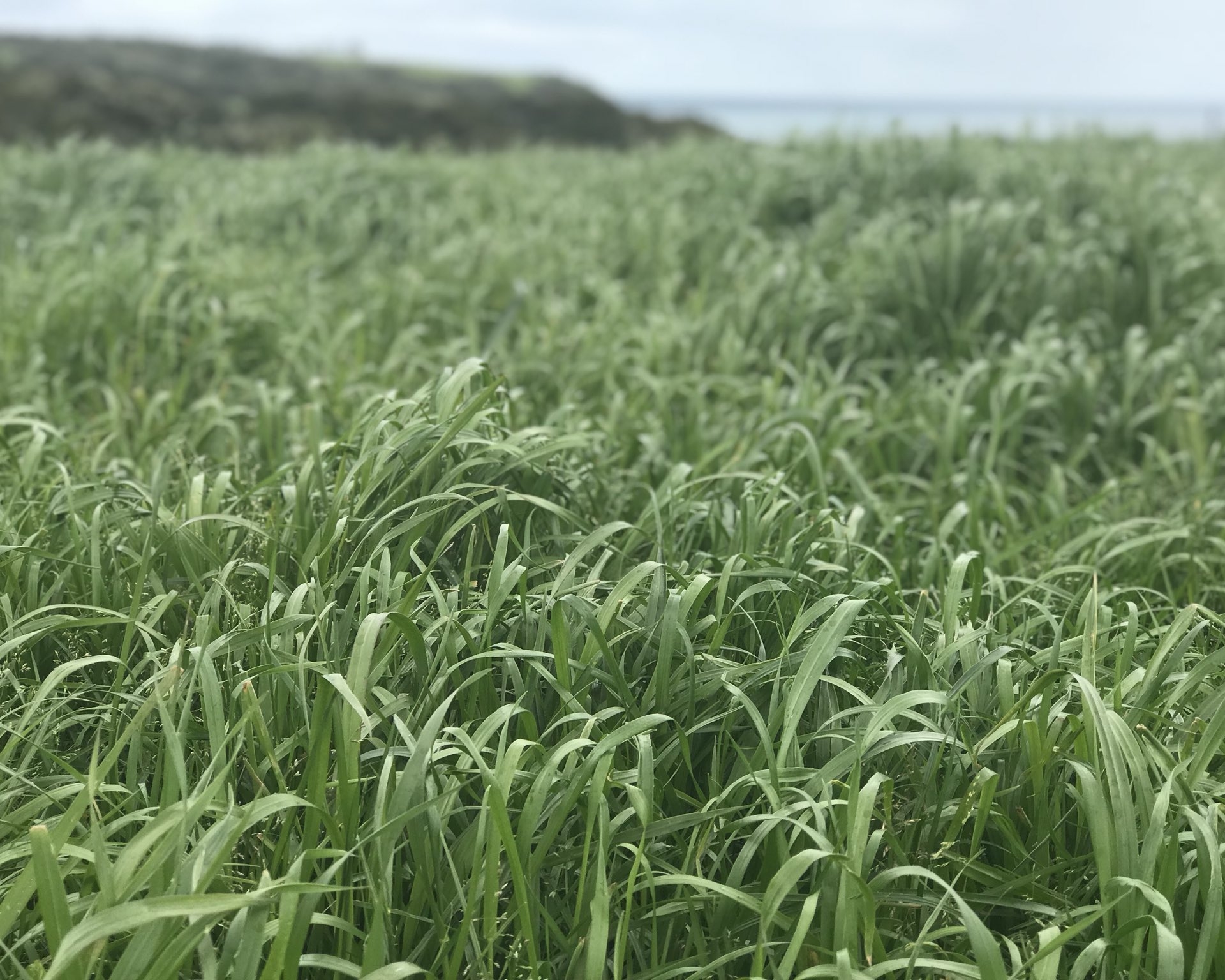Winter forage remains a crucial concern for farmers in southern Australia, as pasture growth can often fail to meet the demand for feed during the cooler months.
For farmers looking at ways to address feed deficits, the utilisation of newer plant genetics and diverse species has become increasingly significant during this final Autumn planting period.
These advancements offer southern Australian farmers another feed tool, providing increased productivity and quality fodder when traditional perennial pastures struggle to keep up.
By opting for well-sown crops featuring these newer genetics, farmers can not only meet immediate feed needs but also contribute to the long-term health of their lands by alleviating the pressure from intense winter grazing.
Plant breeders have bred high performing varieties across several useful species tailored to withstand the ongoing challenges of winter feed gaps. These crops, when grown successfully, become fodder drivers for farms of all sizes.
Peter Notman, from Notman Pasture Seeds, has witnessed the success of these newer plant varieties across various local environments in various parts of southern Australia.
“Whether it’s in the cooler northern parts of Victoria like Corryong, wetter country down at Foster, and many others in-between, we’ve observed these newer genetics thriving, showing quicker establishment, increased bulk growth, and the newer ryegrasses prolonged productivity into late spring and early summer,” notes Mr. Notman.
Popular choices among farmers continue to include annual and Italian ryegrasses, valued for their resilience and reliability in delivering winter and spring forage once established.
While annual ryegrass offers rapid winter and spring growth, Italian ryegrass provides flexibility by thriving until soil moisture runs out, often persisting into a second year.
“Notable among the newer generation short-term ryegrasses we’ve seen are varieties like Vibe, Rampage, Bullet, and Appeal, favoured for their robust growth and sustained leafiness throughout the season”, praised Mr Notman.
Furthermore, introducing improved winter grazing purpose cereals such as Cooee Forage Oats and Southern Green Ryecorn into pasture renovation programme has brought about significant improvements in cereals tolerance to multiple grazings and overall quality.
These two cereals, quick to establish and providing substantial bulk feed, have demonstrated significantly better grazing tolerance than older generation varieties. Farmers also frequently incorporate other species such as vetch, field peas, and annual clovers like shaftal, balansa, and arrowleaf into oats and ryecorn.
Additionally, leafy turnips and forage brassicas present alternative options, with turnips offering rapid feed production in 6-8 weeks and serving as excellent companions to ryegrasses and oats. Forage brassicas, while boasting high feed value, typically require maturity before grazing, usually around 10-12 weeks post-sowing.
For farmers seeking innovation, Mr. Notman suggests experimenting with newer generation varieties or diversifying with different plant species.
Ultimately, the choice of species and variety depends on individual circumstances and objectives, but there’s no shortage of options available to bolster winter feed production in southern Victoria.







